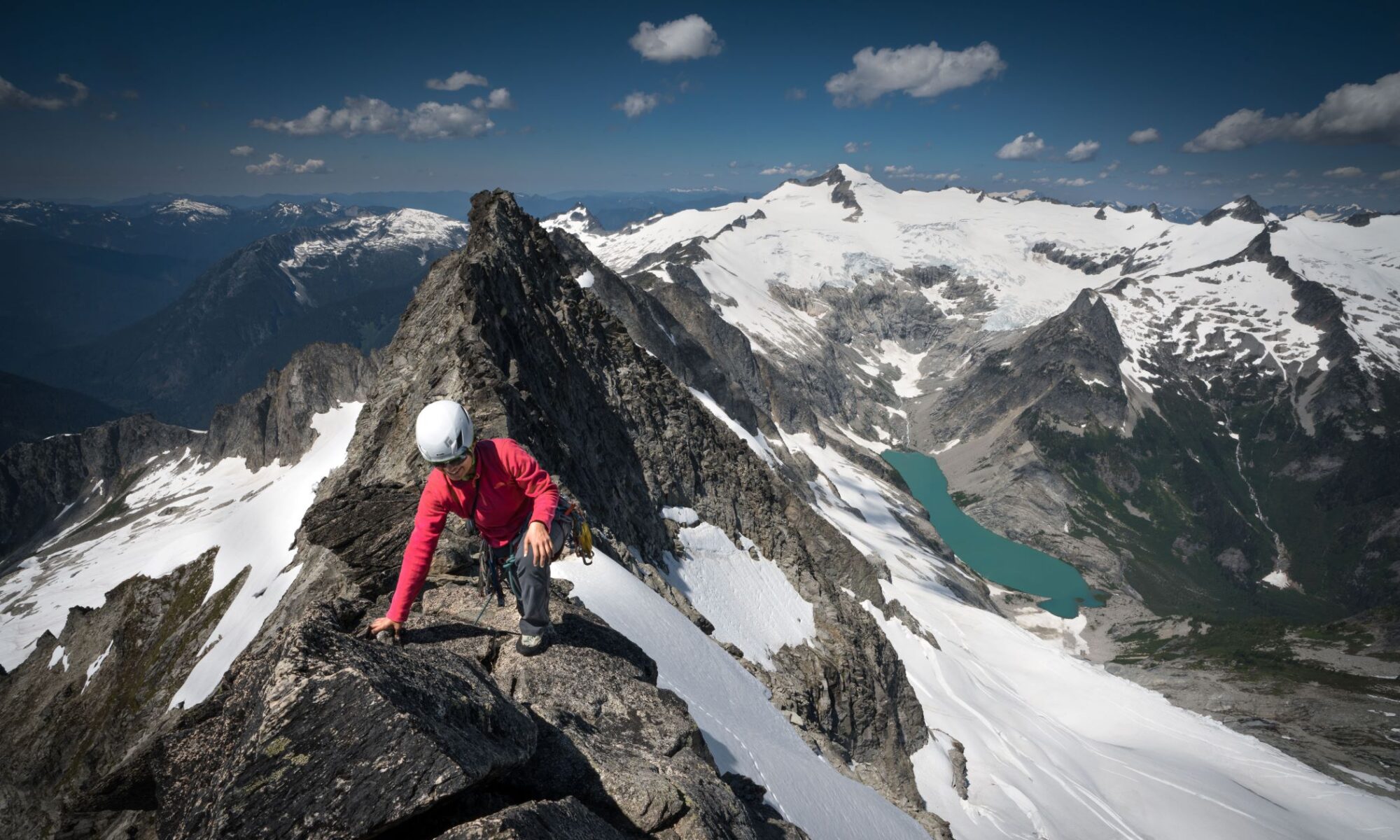 |
| The author enjoying nice turns down Mt. Adams. |
After attending a Mazama Discovery Night in 2011, I discovered that the Mazamas went beyond climbing and had a ski mountaineering program. My original plan was to take a weekend avalanche course to get started into backcountry skiing but the Ski Mountaineering program went beyond learning about avalanche safety. It covered the whole package of avalanche safety, nutrition, fitness, and planning, which provided a great foundation to develop backcountry skills. The added bonus of the Mazamas is the rich network of like-minded folks who share similar backgrounds and experience.
My first year in the course was terrific. I attended every class session, field session, after session ski runs, and whatever I could get my hands on to maximize my course experience. The human factor is an important element which makes socialization an integral part to safety. I was able to develop a network of peers to enjoy the backcountry with and made a lot of new friends.
After taking the course the first year, I had the opportunity to volunteer as an assistant the following year.
Taking what I’ve learned and helping new students is a great way to continuously sharpen my backcountry skills. I get to share my personal experiences like losing my lunch on a hard hike and why it happened, to help understand the true value of a balanced nutrition. I also get to network with a new group of like-minded folks who also enjoys a good after tour brew. Helping new students teaches you to reflect on the knowledge you have and what you still need to learn.
 |
| Karl Furlong on a trip to Aneroid Mountain in the Wallows. Photo: Nick Johansen |
What historically began as a telemark-oriented sport has expanded with advances in alpine touring bindings. There are a lot of wonderful options now expanding backcountry exploration to more varieties of skillsets. I started out as a snowboarder and moved from one extreme of little mobility to the most mobility by learning how to telemark ski five years ago. Back in the 90s telemark was ubiquitous with the backcountry so it made the most sense. These days, I’ve learned that I should have invested heavily in Dynafit stock because they are taking over the backcountry with super light gear. The majority of backcountry gear these days, from largest to smallest are AT gear, then split-boards, and then telemark. I can see why telemark turns down the mountain are almost as laborious as skinning up. But the telemark turn is what makes you keep coming back for more. No matter what gear you use, going down is always fun!
A group of us recently went on a trip up to the false summit of Mt. Adams. Although the trip didn’t go exactly as planned, the outcome of it was exactly the reason why I joined the Mazamas. We were a like-minded group of outdoor enthusiasts who were willing to hike uphill for 6 hours to enjoy a 1 hour ride down a mountain. We were flexible with our trip. We loved talking the outdoors and past experiences. But the best feeling is enjoying a cold beverage with your crew after a day of touring. Always plan ahead for where to go for beer and food afterwards. Then enjoy the photos that take you back to flying down velvet snow on a beautiful clear day.


